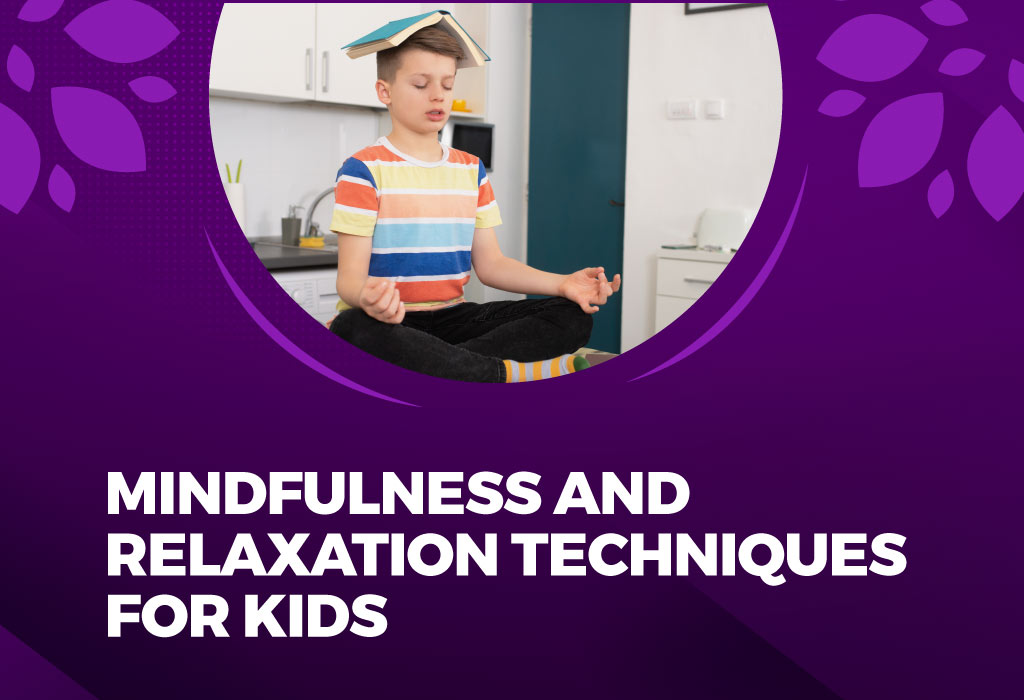Mindfulness and Relaxation Techniques in Schools for Children

Nowadays, mindfulness and relaxation techniques are being implemented in schools, and rightly so. The practices have manifold benefits for children at many levels—control over emotions and even enhance performance in class. These practices thus help to foster a friendlier and more productive environment inside the school. This is how effectively one can implement mindfulness and relaxation techniques in schools and the results that can be expected.
The Practice of Mindfulness and Relaxation Mindfulness means being in the present and free from judgements. It deals with awareness of thoughts, feelings, and bodily sensations. In a school setting, practices may include mindful breathing, body scan, or some mindful listening exercises. Relaxation techniques reduce tension, anxiety and achieve a composed mind. They may involve breathing exercises, progressive muscle relaxation, or guided imagery. Practicing mindfulness and relaxation techniques can help children deal with stress, improve their concentration, and build resilience.
Children’s Benefits
Better Emotional Regulation: Mindfulness helps children to obtain a better awareness of their feelings and to handle them in appropriate ways. While learning mindfulness, students might develop the capacity to observe emotions without getting overwhelmed in turn, which may trigger more careful responses to challenging situations.
Improved Attention and Concentration: Mindfulness exercises help a child pay attention to the activity at hand with greater focus and less easy distraction. Mindful breathing can help young learners center their attention and assist with their academic tasks, as well as in their behavior.
Lower Levels of Stress and Anxiety: Mindfulness practice may contribute to a reduction in levels of stress. Students struggling with academic or personal stress can find invaluable tools for managing anxiety and cultivating a calm mindset.
Improved Social Skills: Mindfulness practices can cause empathy and understanding amongst students. Such skill of ‘being present’ learned in mindfulness could be applied to connect more with peers, and creates a harmonious classroom environment.
Better Academic Performance: With greater focus and less stress, it goes without saying that students ought to do better. It has been reported that mindfulness practices are related to improved cognitive functions, which might be manifested in better performance regarding tests and assignments.
Implementing Mindfulness and Relaxation in Schools
Bringing Moments of Mindfulness into the school day is very important. For instance, in Best CBSE Schools near Veerakeralam, they begin the day with relaxing music and end it with a quick reflection in order to set a positive tone and help students transition from one activity to the next.
Mindfulness Breaks: “Mindfulness breaks” throughout the school day allow students to work on mindfulness skills. This might involve guided breathing, brief body scan meditations, or even simple mindful listening exercises.
Classroom Environment: A second aspect may be the classroom environment itself can help in being mindful. This could be realized through using a “calm corner” that is equipped with comfortable seating and has mindfulness tools like stress balls and breathing exercises, coupled with calming visuals.
Teacher Training: If mindfulness and relaxation techniques are to be successfully implemented, then teachers need to be trained. This involves professional development opportunities that will help educators understand how to make mindfulness a part of their teaching practices so they can model them for their students.
Family Engagement: Family members could be engaged with mindfulness practices to extend the impact out of school. Many schools can provide workshops or resources where parents can learn techniques that can be practiced at home.
Review and Revise: Schools should periodically assess the adequacy of their mindfulness and relaxation programs. Students, teachers, and parents can offer valuable feedback for refining practices and ensuring that they are meeting the needs of the school community.
Challenges and Considerations
While there are so many advantages that could accrue from the implementation of the mindfulness and relaxation techniques, some challenges may be faced. These may include schools’ resistance to change, the lack of time in the school day, and adequate training for teachers. Overcoming the obstacles requires careful planning, clear communication, and commitment to making mindfulness part of the school’s culture.
Conclusion
Mindfulness and relaxation techniques within the school setting offer a long list of benefits to students about emotional regulation, improved focus, reduced stress, and better social interactions. Schools can adopt such practices to provide a more supportive and positive environment for learning. With careful implementation and support sustained over time, these mindfulness and relaxation techniques can very productively become tools in the establishment of both a healthier and more efficiently functioning educational experience for children.

